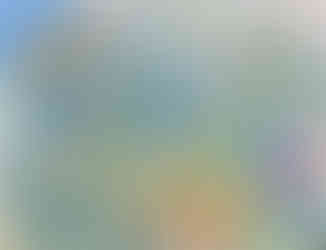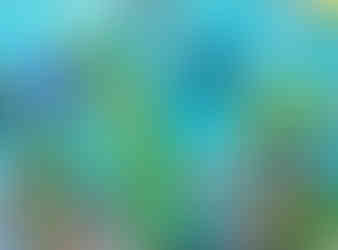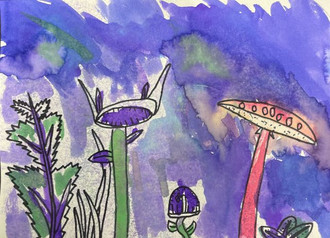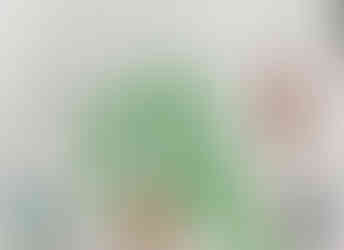Jungle Design: An Exciting Second Grade Art Project that Explores Creativity
- ArtfulMommy
- Apr 19, 2024
- 3 min read
I recently completed a project with my second graders that was super creative, successful and fun. To me, the best projects are the ones that allow children to use their own imaginations, and this one definitely does that! I call this Jungle Design, and it is inspired by the artist Henri Rousseau.
Supplies Needed: Watercolor paper, sharpies, liquid watercolor, reference materials such as plants and flowers.
Project Length: 2-3 classes 35 minutes each
Grades: 1st, 2nd, 3rd
I started this project by reading the children's book The Fantastic Jungles of Henri Rousseau, by Michelle Markel. This book tells the story about how Henri didn't start painting until his 40s and even though no one liked his work, he never gave up! This is a great concept for littles. Do what makes you happy, and never give up, just like Henri Rousseau.
Speaking of doing what makes you happy, last week after drawing her Jungle Design a first grader lhanded me a piece of paper with a great quote on it. She wrote: "Do Art, dont let pepol contrl you." I love that this little girl recognized that in her art, she doesn't feel controlled, because she is the master of her imagination!

Before reading The Fantastic Jungles of Henri Rousseau, I walked around campus and picked leaves and flowers. I put a little vase with leaves and flowers on each desk as inspiration. I also had some photos of flowers on my board for inspiration.
After reading the book and showing students examples of Rousseau's artwork, I showed them how to draw a jungle. I used a sharpie on watercolor paper and I looked at the leaves I picked for reference and at photos of flowers that I had on my whiteboard. I told students they could use these reference materials and/or their imaginations. We also talked about animals and bugs that live in the jungle and I told them they could include these as well. See student drawing examples below.
Students spent the whole first class drawing their jungles with sharpie on watercolor paper. I was able to introduce the project and students got the drawing done in 35 minutes.
I always demonstrate how to put a signature on a work of art, a small name in the bottom right hand corner so that when it gets hung on the wall, everyone will know who made it.
At the beginning of the next class, I demonstrated how to use a white crayon to create areas that will resist watercolor and remain white. I tell them to apply white crayon to anything they want to stay white, or any areas where they want to created a highlight.
Next, I show them how to paint using liquid watercolors. I put my liquid watercolors in an ice cube tray, one per table. I always add a little water to the liquid watercolors to make them last longer and to lighten the colors a little. You can see my set up below. The white cup holds the crayons. The ice cube tray holds the liquid water colors.

Below are some finished Jungle Designs. Most students were able to complete the watercolor portion in one 35 minute class, however, many did not have enough time to color in the sky.
You could use pallet watercolors with this project, but I find that the liquid watercolors produce the brightest colors. Some pallet watercolors look almost chalky in comparison to liquid watercolors. To make your liquid watercolors last longer add water to them. It is always important to remind students to wash their brushes between colors. Any mixing of colors should be done on the paper, not in the tray.





















